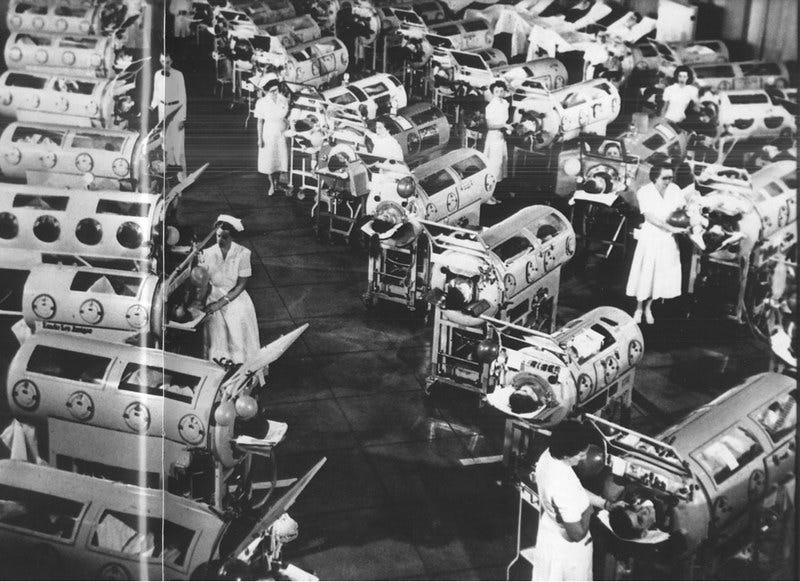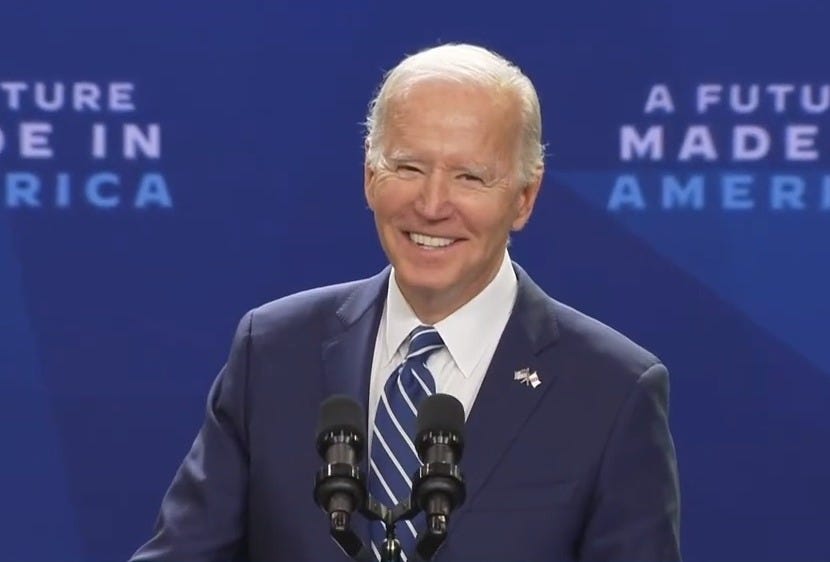A new report from the United Nations’ International Energy Agency (IEA) projects that disruptions to global energy supplies caused by Russia’s invasion of Ukraine will actually speed up the world’s transition to green energy sources, helping to get the planet a little closer to meeting the goals of the Paris climate agreement. The world’s biggest energy users will need to work harder to meet those goals, but the report emphasizes that holding global warming to 1.5 degrees Celsius (2.7 degrees F) above preindustrial levels by the end of the century is still achievable if nations can reach net zero carbon emissions by 2050. And every bit closer we get to that goal is vital to preventing the most catastrophic effects of climate change.
In the short term, the report says, Europe may actually use more oil and coal to generate electricity, especially this winter, but this year’s disruptions to natural gas shipments from Russia are ultimately going to result in faster adoption of wind, solar, clean hydrogen, and in some cases, nuclear energy. In addition, greater use of clean technology like electric vehicles, heat pumps, and energy-efficient appliances and building methods will clean things up on the demand side.
Even when the war in Ukraine ends, Russia is extremely unlikely to ever again supply 30 percent of the international natural gas market, the rate before the invasion. The demand just won’t be there as other countries go with greener electricity sources that aren’t subject to sudden shutdown. Now that large-scale clean generation options are affordable, developing nations like India and even China are likely to meet growing electricity demands with green energy instead of fossil fuels, too.
Also too, for the first time ever, the annual IEA projects that demand for fossil fuels of all kinds will peak in the next few decades, with rapidly declining fossil fuel use to follow.
While “horrible deadly land war in Europe” isn’t anyone’s idea of a good idea for speeding up the transition to clean energy, that does look like what’s happening. Not the silver lining anyone would prefer, but if it kicks the world’s ass to take action, at least that’s better than a retrenchment of fossil fuels.
The New York Times notes that the transition is already well along the way, all over the world:
In the United States, Congress approved more than $370 billion in spending for such technologies under the recent Inflation Reduction Act. Japan is pursuing a new “green transformation” program that will help fund nuclear power, hydrogen and other low-emissions technologies. China, India and South Korea have all ratcheted up national targets for renewable and nuclear power.
And yet, the shift toward cleaner sources of energy still isn’t happening fast enough to avoid dangerous levels of global warming, the agency said, not unless governments take much stronger action to reduce their planet-warming carbon dioxide emissions over the next few years.
If you want some talking points to use the next time some Republican insists the answer is to DRILL BABY, DRILL, you can arm yourself with the report’s executive summary, which finds that energy markets are already in the process of “rebalancing” toward renewables and nuclear power over coming decades, and that any increase in coal and oil are only going to see temporary growth.
Existing coal-fired power plants may increase output in the near term, but there’s little economic sense in building new ones. Yes, even in the developing world. And yes, especially in China, so could we please bury forever the outdated claim that China will be ramping up coal use forever? It’s simply not the case; the report notes that “New targets continue to spur the massive build-out of clean energy in China, meaning that its coal and oil consumption both peak before the end of this decade.”
The big question will be how rapidly China and other governments commit to phasing out coal use: While it will decline in all of the IEA’s scenarios, the most likely scenario predicts China will reduce coal use by 30 percent by 2030. But in a scenario where the world reaches net zero carbon by midcentury — yeah, very much a long shot — China would reduce coal demand by 61 percent by the end of this decade.
Under current energy policies across the world, we’re not on track to reach the Paris goals: Carbon emissions will likely peak in the middle of this decade and start declining, but we’d still see a 2.5 degree C rise in average temperature by 2100. The only solace there is that it’s a full degree C lower than the pre-Paris baseline. But if all countries actually met their existing carbon reduction goals, we’d be in better shape, with a much sharper reduction in total emissions by 2050, resulting in a 1.7 degree C increase in global average temperature at the end of the century — resulting in a far more livable planet.
And again, the IEA lays out an updated roadmap for how the world could reach net zero carbon emissions by 2050, which actually would meet the desired goal of 1.5 degrees warming by 2100. It wouldn’t be easy, requiring rapid growth of clean energy, including nuclear as part of the mix, sharp reductions in carbon emissions, and 60 percent of car sales being EVs by 2030. The upside would be millions of jobs created to reach that goal, plus the whole thing where human civilization and most of the world’s ecosystems survive, which seems like a pretty good thing to shoot for.
Spend a little time poking around the report today — you might just find yourself feeling a bit more optimistic about the prospects for what Mark Twain called “the damned human race.”
Carl Sagan – Pale Blue Dotyoutu.be
As Carl Sagan said, we’re all we’ve got.
[World Energy Outlook 2022 / Reuters / NYT / Photo: American Wind Energy Association, by permission]
Yr Wonkette is funded by reader donations. If you can, please give 5 or $10 a month so we can keep you up to date on this crazy planet. Everyone here seems to be nuts, but sometimes we can surprise ourselves.

























































![LinkedIn Provides Tips on How to Promote Live Events [Infographic] LinkedIn Provides Tips on How to Promote Live Events [Infographic]](https://imgproxy.divecdn.com/kA4YczoBIs8NmPBiERWa-OxzvYMz5kwjjZ6wewP8z7c/g:ce/rs:fit:770:435/Z3M6Ly9kaXZlc2l0ZS1zdG9yYWdlL2RpdmVpbWFnZS9saW5rZWRpbl9ldmVudF9hZHNfaW5mb18yLnBuZw==.webp)













